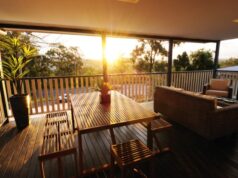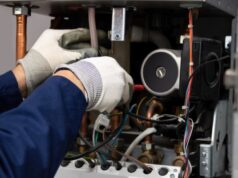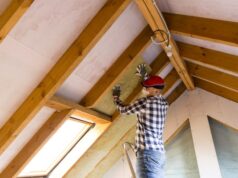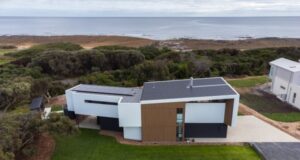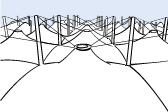
Polyester is a lightweight, easily maintained roofing surface for things like pergolas, tents and shades, which are held in shape using tension.

What is polyester and PTFE?
Polyester and polytetraflouroethylene (PTFE) are the two most common materials used for constructing fabric roofs. Polyester and PTFE coated glass fibre fabric are used because they are highly translucent, dynamic, tensile materials that are pleasing to the eye as well as durable. Polyester and PTFE can be used to create tensile membrane structures (i.e. structures that rely on tension rather than load bearing ability), and shade structures alike.
Why install polyester and PTFE?
Fabric roofs can be made to look very exciting. The flexible nature of fabric encourages architects to design the roofs in interesting shapes. Fabric roofs used in public spaces often have coloured lighting projected on them after dark. New technologies have developed to incorporate insulation into polyester and PTFE material, extending the applications for the installation of fabric roofs. An insulated fabric roof allows light to enter, while maintaining comfortable ambient temperature and noise levels inside the structure.
Where is polyester and PTFE found?
Fabric roofs are most commonly found in tensile structures like pergolas and shades. A tent is the simplest and most common version of the tensile structure. Since Vladimir Shukhov created the world’s first tensile steel structure in 1895, tensile structures with fabric roofs have grown in popularity, particularly for large structures and stadium type vibes. Smaller insulated fabric applications for around the home might include a gazebo, sunroom or patio.
|
Advantages
|
Disadvantages
|

